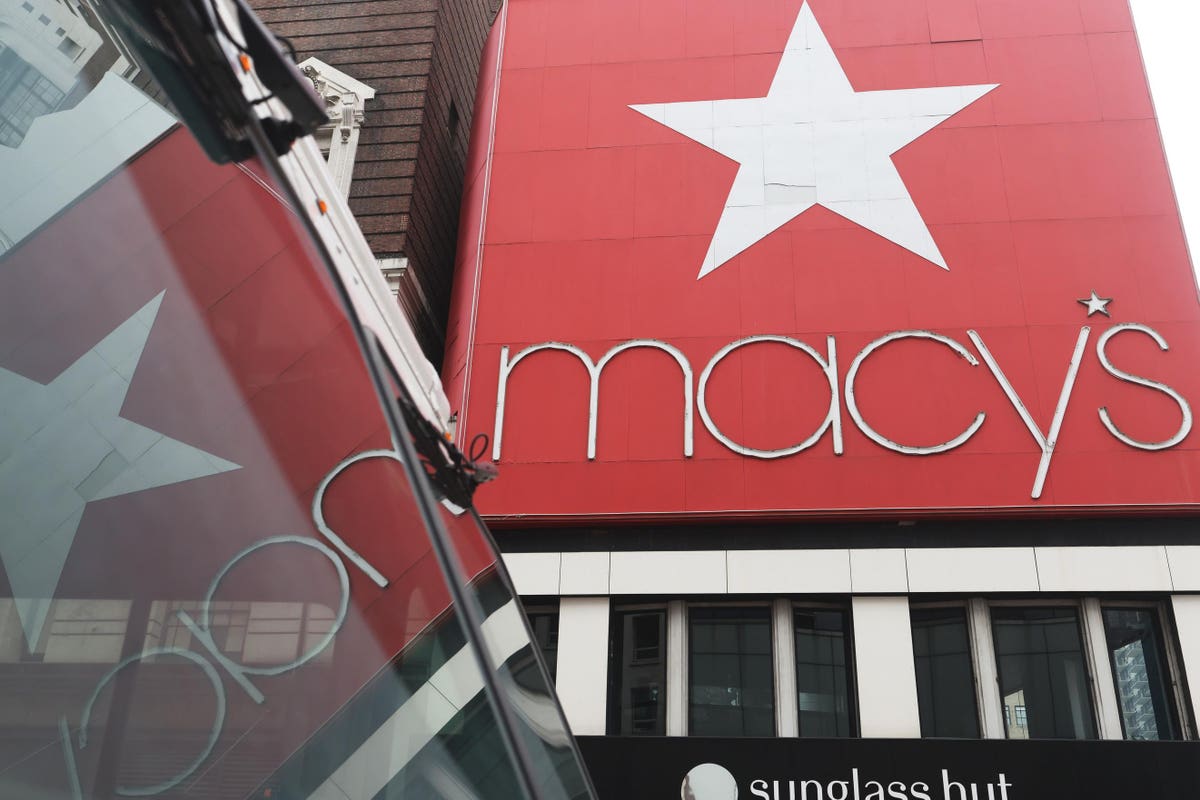Anyone who follows the machinations of the retail industry will know that many struggling retailers continue to put forth breathless pronouncements of their alleged transformations. Yet the department store industry in particular seems to be the poster child for doubling down on a losing hand.
In the United States, the mid-priced tier—Macy’s, JC Penney
JCP
JWN
Sleepwalking Through the Revolution
While some have pointed to current macroeconomic headwinds as the driver of recent objectively terrible results, that largely misses the point. Department stores have been on a steady and rather precipitous decline for more than two decades. And while some point to e-commerce as the primary cause of their woes, that is similarly misguided.
While Amazon
AMZN
Department store troubles have almost everything to do with their failure to respond to two primary disruptive shifts. The first is what I refer to as the on-going collapse of the unremarkable middle. Retail has been bifurcating with share growing increasingly concentrated at either end of a spectrum. With so many options for consumers to either trade up to an experience that offers more distinctive products, service or ambiance, or to trade down to more sharply priced alternatives, it’s increasingly difficult for traditional department stores to carve out a powerfully relevant position.
For mid-priced chains in particular this has meant a huge siphoning off of business to more value-oriented options, most notably the dramatic growth in off-price retail. TJX, the segment’s largest player, has added more than $40 billion in incremental revenues since 2000. Ross Stores, another major chain, has grown to be bigger than Kohl’s and may well zoom past Macy’s annual revenues in the next few years.
The second force is the on-going redefinition of convenience. Whereas malls were once convenient places to go to see many shopping options all in one place, discount merchants of all sorts now not only have many more locations than the typical department store, they typically are far easier to access. Department stores have also seen dramatic share migrate to category specialist like Ulta, which has more than twice as many locations as Macy’s and JC Penney.
Too Little, Too Late
Having led research into share migration at Sears in 2002 and at Neiman Marcus in 2006 and 2007—and with several clients a bit more recently—I can say with great confidence that these trends have been glaringly obvious for a long, long time. The underlying factors that have caused a massive shift of revenue away from mall-based department stores for twenty three years are not going to be solved by incrementally improving a fundamentally broken business model.
It’s great that Macy’s has chosen to open a bunch of off-the-mall formats, but they got started at least fifteen years late. JC Penney’s recently announced plans to invest $1 billion in upgrading its stores and its online capabilities may be necessary, but are far from sufficient to win, grow and keep the customers they will need to avoid a slow slide into oblivion. None of the other players mentioned above have announced anything remotely game changing.
So Now What?
As we discussed on a recent episode of the Remarkable Retail podcast, its disheartening to see struggling retailers spend years applying totally unnecessary cosmetics to a rather stocky domesticated animal. It’s a sad state of affairs indeed to accept that investors are very unlikely to go along with anything more than a timid transformation given so many years of somnambulance and less than stellar execution.
For retailers with both time and the freedom to aim higher, move faster, and act more boldly a few things are critical. First is committing to do the hard work of digging deeper on what’s really going on and to accept the reality that emerges. Second, is the willingness to act and to do so decisively. The third is to be willing to compete with yourself. Lastly, is the embracing a culture of experimentation.
Given how much time has passed since it became clear that department stores’ relevance was waning we are now only left to imagine where any of these brands might be had they been willing to blow up what they were doing and radically redesign their business models for the new era of modern retail.
Read the full article here





